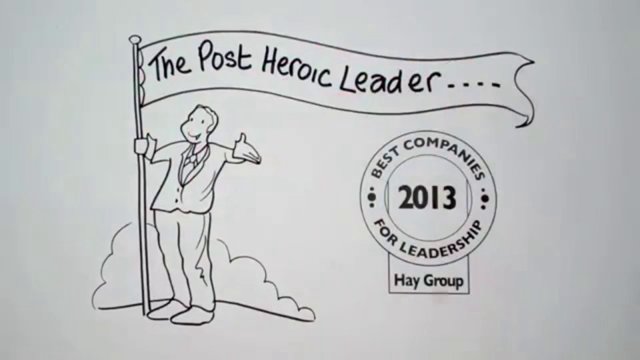Let’s start here:
- Most managers are not very good at their jobs.
Let’s move to here:
- The “new model” of leadership is supposed to be more geared towards ideas like “empathy” and “coaching.”
And now let’s finish here:
- Much of the “classic management advice” well is actually wrong for the current generation of managers, yet we’re still teaching and training in very similar ways.
Hmm. So what is a leader supposed to do in the modern business world?
Well, first — think a little bit about yourself and your pros/cons/work style. For example:
Today’s knowledge workers demand what leadership experts call a “post-heroic leader”: one who is emotionally and intellectually agile, able to modulate their style as needed from authoritative to collaborative—and back again—in order to optimize team performance. Post-heroic leaders recognize that the key to success is not adhering to hierarchy or position power, but mastering a complex set of seemingly contradictory organizational dynamics—autonomy and shared decision-making, individuality and teamwork.
I’ll be the first to admit two basic things:
- The idea of a “post-heroic leader” sounds like bullshit buzzwords on face.
- Leadership has always been about wearing multiple personalities: guys tend to talk differently to their secretary, their golf partner, their co-founder, their consultant, and their PR flak. It’s all about changing it up. That isn’t a new idea.
But still, there might be something there. The article goes on to discuss moving from “self-awareness” (which I still think is valuable and most people can’t process) to “social awareness,” or understanding how your actions impact others. Then you need to move from “directive” (giving orders) to “inquisitive” (seeking information about how others work and their process). And then go from “power over” (hierarchy) to “power with” (collaboration), before finally “teamwork” to “teaming,” which basically means shifting roles based on who has an interest in things as opposed to who holds a certain title.
I agree with most of this, but there are a couple of problems I see:
- Everything above sounds like a buzzword, so it’s hard to get rank-and-file buy-in at that point.
- There’s a good chance that people don’t really want to collaborate at work; oftentimes, people just want to do their own shit.
- It’s hard to transition away from concepts like “self-awareness” and “teamwork,” because those concepts have been drilled in business circles for years.
- Hierarchy really isn’t going anywhere; for an example of this, look at the issues around experiments with holacracy.
Leadership is by all accounts a simple concept with a hard execution, but the roots of it should be something like this:
- Your goal is to make money (or some other goal).
- That should be your focus, but you should also be coaching your team up so that they can help you with your goal.
- It is your responsibility to explain to them why their specific tasks matter.
- You don’t have to be their friend, but you do need to be a resource for them at certain times.
- Each person that reports to you will be different — different family situation, different work aptitudes, different tolerance of politics, etc. — so you need to wear different communicative hats when working with them.
- If an idea can make you money or help you hit a goal, it really doesn’t matter where it came from.
You don’t have to worry so much about the “thought leadership” buzzwords and instead think about it as a two-step process: the first step is “What does the person above me expect me to accomplish?” and the second step is “How can I help these other people below me to see that and work together with me on it?” It’s almost like “Setting Goals” then “Following A Golden Rule.” It’s not that hard, even if you do have e-mails and conference calls all day.

Reblogged this on Gr8fullsoul.